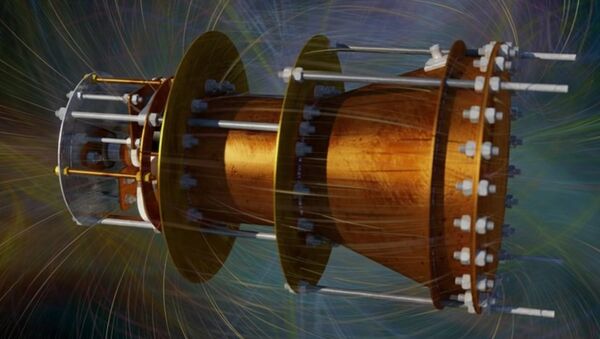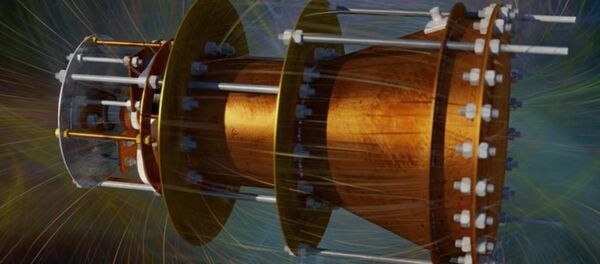The engine of the system uses microwaves which produce thrust without exhaust. The invention goes against laws of physics, particularly, the law of conservation of momentum, which states: "To each action there is an equal and opposite reaction."
Under the law of conservation of momentum, for a rocket to be propelled in a certain direction, a thruster must expel exhaust in the opposite direction. The EmDrive, contrary to accepted science, is propelled in a specific direction without propellant or exhaust. Nevertheless, according to EmDrive designer Roger Shawyer, "the technology is firmly anchored in the basic laws of physics."
"The principle of operation is based on the well-known phenomenon of radiation pressure," according to Shawyer. "This relies on Newton's Second Law where force is defined as the rate of change of momentum. Thus an electromagnetic (EM) wave, traveling at the speed of light has a certain momentum which it will transfer to a reflector, resulting in a tiny force."
In the event the feasibility of an EmDrive is confirmed, the result will be significant. As Brendan Hesse wrote in Digital Trends: "So, while a single peer-reviewed paper isn't going to suddenly equip the human race with interplanetary travel, it's the first step toward eventually realising that possible future."
EmDrive technology is used as the basis for a Cannae Drive engine, designed by Guido Fetta, whose company announced last month plans to launch a thruster on a miniaturized 6U cubesat satellite. A date has not been set for the cubesat launch but competition from engineers in China, as well as Shawyer, is heating up the test for a functional prototype.


